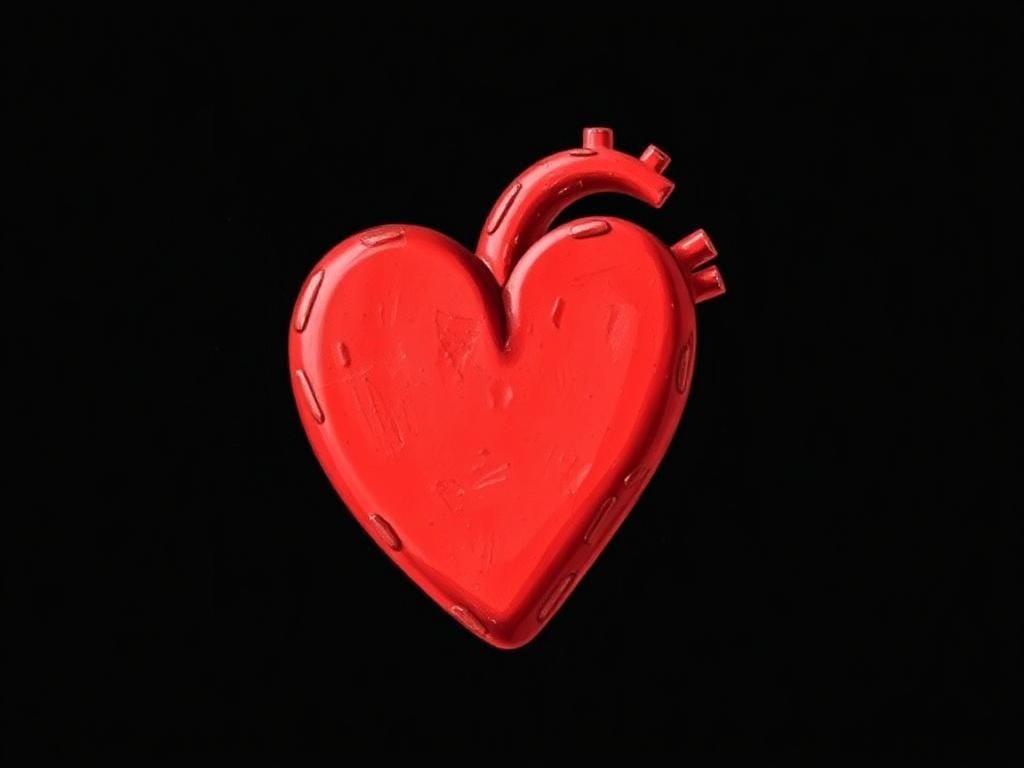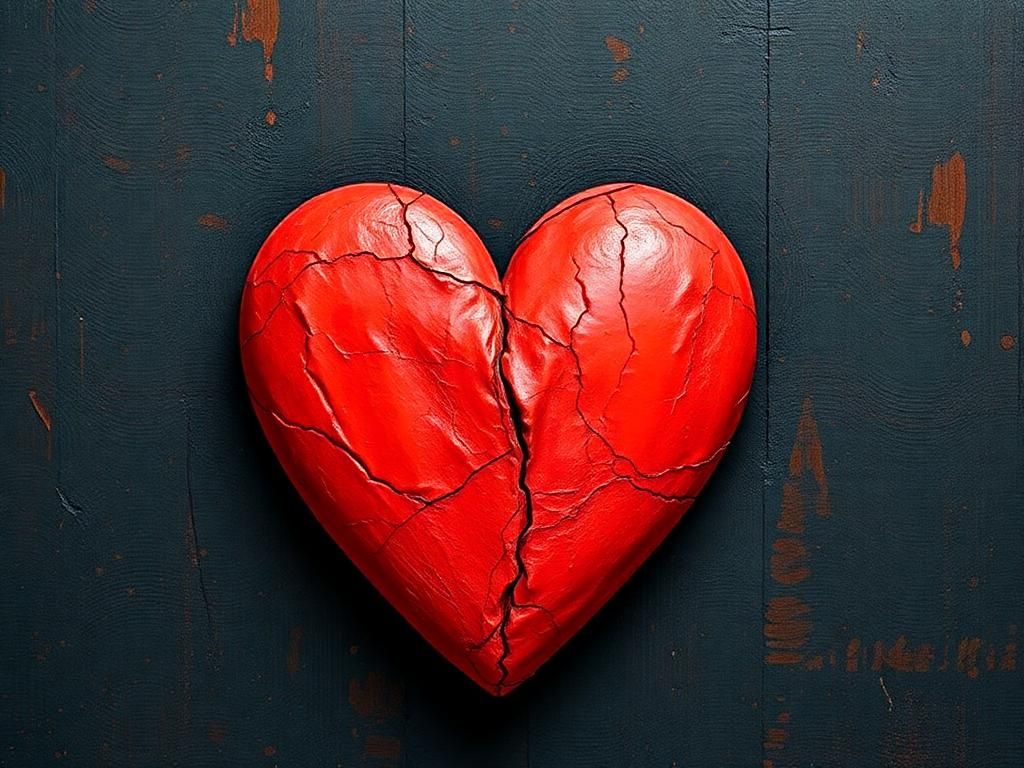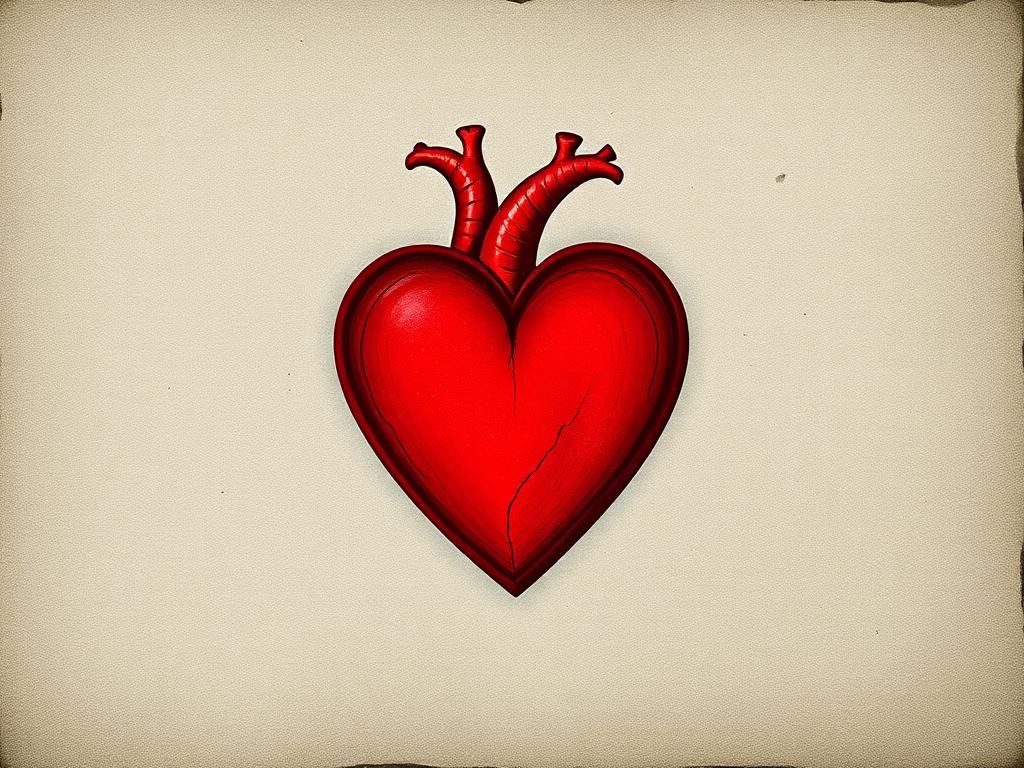The symbol of a heart is one of the most recognizable icons in human culture, resonating across various artifacts, artworks, and expressions of emotion worldwide. Representing love, affection, and passion, this simple shape transcends language and cultural barriers, making it a universal emblem of human connection. From ancient civilizations to modern digital communication, the heart symbol has adapted and evolved, illustrating the depths of our emotions while conveying powerful messages.
Historically, the heart has been a focal point in many civilizations, serving as a representation of not just love but also moral virtue and emotional significance. It holds various meanings depending on the cultural context and individual beliefs. As our society continues to evolve, the symbol of a heart has maintained its relevance, illustrating the complexity and richness of human relationships, emotions, and the relentless pursuit of connection.
Historical Background
Ancient Civilizations
The origins of the symbol of a heart can be traced back to ancient civilizations that held varying perceptions of its significance. In ancient Egypt, for instance, the heart was revered as the seat of the soul. The judgment of the heart was a crucial component in their afterlife beliefs, as it was weighed against the feather of Ma’at to determine one’s fate in the afterlife.
Similarly, the Greeks and Romans incorporated heart imagery in their art, linking it to the ideas of love and emotional commitment. Such representations indicated the growing association of the heart with passion. For Indigenous cultures, the heart often represented not only love but also a connection to nature and community, illustrating a richer tapestry of meanings extending beyond romantic love.
Evolution of the Heart Symbol
Over time, the symbol of a heart transitioned from an anatomical representation—indicative of life and vitality—to a more profound symbolic meaning. The influence of medieval art and literature marked a significant turning point, as poets and authors began delineating the heart’s role in love stories and romantic expressions. Works from this period frequently depicted the heart in courtly love narratives, creating an enduring association between the heart and romance.
Additionally, religious beliefs intertwined with the heart’s symbolism; for instance, the Sacred Heart of Jesus in Christianity symbolizes divine love and mercy. This evolution highlights how the heart symbolizes hope, compassion, and spiritual connection alongside romantic love.
The Heart Symbol in Modern Context
In Art and Design
In contemporary culture, the symbol of a heart is widely used across various forms of artistic expression. Artists utilize the heart shape to manifest love, joy, and connection in their works. In graphic design, logo designers often incorporate the heart symbol to create emotional resonance with their audiences. Popular brands like Hallmark and charitable organizations capitalize on this by using heart imagery to evoke feelings of compassion and community.
Moreover, tattoos featuring heart symbols have grown in popularity as personal expressions of love, memorials, or emotional experiences. This use of the heart symbol in body art has allowed individuals to convey deep passions and significant loss in a visual and permanent format.
In Digital Communication
With the rise of digital communication, the symbol of a heart has entered the online realm through emojis and digital graphics. The heart emoji (❤️) serves as a quick and effective way to express affection or approval in texts and social media posts. Platforms like Instagram and Facebook utilize the heart as a mechanism for likes and endorsements, further reinforcing its status as a digital symbol of approval and support in our interconnected world.
In online relationships, the heart symbolizes emotional connection, bridging the physical gap between individuals and fostering intimate relationships. Use of the heart symbol in this context osmotically engenders a supportive online atmosphere among users.
Symbolism and Meanings
Love and Romance
The symbol of a heart stands as a universal emblem of love and affection, embodying romantic traditions around the world. Its presence during occasions like Valentine’s Day epitomizes the societal appreciation for love, where gifts, cards, and heartfelt gestures utilize the heart symbol as a primary motif. Whether it’s chocolates, flowers, or love letters, this symbol plays a central role in our expressions of affection.

In romantic literature and poetry, the heart serves as a metaphor for the complex emotions experienced in love. Poets such as Pablo Neruda and Emily Dickinson harnessed the heart symbol in their works to evoke feelings surrounding longing, connection, and vulnerability, showcasing the emotional depth associated with this simple shape.
Other Emotional Associations
Beyond romantic love, the symbol of a heart encompasses a broader array of emotional associations, including compassion and empathy. In health and wellness, the heart symbolizes not only emotional health but also physical health—especially in today’s age, where campaigns for heart health awareness underline the importance of caring for our hearts, both emotionally and physically.
The heart also plays a role in grief and remembrance, as illustrated by heart tattoos honoring departed loved ones. These tattoos serve as lasting reminders of affection and legacy, emphasizing the heart’s ability to convey enduring love even in loss.
Cultural Variations of the Heart Symbol
Eastern vs. Western Interpretations
Cultural perspectives on the symbol of a heart can vary significantly across geographies. In Eastern cultures, such as Chinese and Japanese, the heart represents sincerity and honesty rather than just romantic love. The heart symbol’s interpretation can differ markedly, reflecting differing societal norms about love and emotional expression.
For example, in Japan, variations of the heart symbol are used to represent love not only in romantic relationships but also in friendships and family connections, illustrating a more collective view of affection.
The Heart in Folklore and Mythology
Throughout folklore and mythology, the heart symbol also appears in significant narratives. In various myths, the heart is depicted as a source of virtue—symbolizing bravery, kindness, or love. Such myths, whether they be of ancient Greek heroes or Indigenous tales about nature, impart moral lessons emphasizing virtues associated with the heart.
These cultural stories highlight the heart not merely as a symbol of love but also as a guide for human behavior, morality, and ethical choices leading to healthier community relationships.
Psychological Implications
The Heart and Emotions
Psychologically, the symbol of a heart acts as a powerful representation of our emotional lives. It encapsulates sentiments such as love, warmth, affection, and hope. Therapeutic practices often utilize this symbol to promote emotional healing, as the heart is seen as a vessel for one’s feelings and emotional wellness.
The association of the heart with emotions is deeply ingrained in societal narratives, influencing how individuals navigate their feelings and relationships.
Impact on Relationships
The heart symbol plays a pivotal role in shaping interpersonal connections. It enhances the way we express feelings and intentions, serving as a tool for vulnerability in conversations. The act of sharing a heart emoji or a heartfelt note often deepens bonds among friends, family, and romantic partners, nurturing emotional closeness.
Understanding the significance of using the heart symbol can enhance communication in relationships, encouraging authenticity and emotional expression.

Critiques and Misinterpretations
Commercialization of the Heart Symbol
Despite its positive meanings, the symbol of a heart faces critique regarding its commercialization. Events like Valentine’s Day often propagate a commodified view of love, leading to questions about the authenticity of emotional expressions. The pressure to purchase gifts can overshadow genuine feelings, blurring the lines between commercialized love and sincere affection.
Examining the balance between consumerism and the essence of love allows individuals to navigate the nuances of emotional expression more authentically.
Misuse in Popular Culture
In popular culture, the heart symbol can sometimes fall prey to stereotypes and clichés. Consequently, emotional expressions become superficial, lacking depth in genuine relationships. Exploring the authenticity of feelings allows individuals to critique their use of the heart symbol and avoid falling into patterns of insincerity.
Recognizing the symbol of a heart as multifaceted may enable a richer understanding of love’s complexities, steering clear of oversimplified portrayals.
Conclusion
The symbol of a heart would remain a significant symbol in society, embodying a broad spectrum of meanings and emotional connections. Its historical significance, modern adaptations, and cultural variations illustrate its multifaceted nature, deeply entwined with human experiences. Understanding and reflecting upon our personal connections to the heart symbol can enrich our emotional lives and relationships in a meaningful way.
Table of Symbolism and Meanings Associated with the Heart
| Symbol | Meaning/Association | Cultural Significance |
|---|---|---|
| ❤️ | Love | Universal representation across cultures |
| Broken Heart | Loss or heartbreak | Commonly symbolized in literature and art |
| Heart Tattoo | Memory of a loved one | Represents permanence of love |
| Heart in Medical Context | Health awareness | Signifies cardiovascular health initiatives |
| Sacred Heart | Divine love and mercy | Christian symbolism of faith |
Frequently Asked Questions (FAQ)
1. What does the heart symbol represent in different cultures?
The heart symbol often represents love but can also signify sincerity, kindness, and emotional depth depending on the cultural context.
2. Why is the heart important in art and literature?
The heart symbolizes a range of emotions, particularly love, making it a compelling subject in artistic expressions and literary works.
3. How did the heart symbol evolve over time?
Initially an anatomical representation, the heart symbol transformed into a representation of emotional states with influences from religious, literary, and artistic contexts.
4. What role does the heart symbol play in modern communication?
In contemporary communication, the heart symbol is widely used in digital formats, such as emojis, to express affection, support, and approval.
5. Are there specific heart symbols associated with certain cultures?
Yes, different cultures have unique interpretations of the heart symbol, such as variations in East Asian cultures that associate it with honesty and friendship.
6. How do therapeutic practices incorporate the heart symbol?
Therapeutic practices utilize the heart symbol to help individuals articulate their emotions, fostering emotional healing and connection.
7. What criticisms exist regarding the commercialization of the heart symbol?
Critics argue that the commercialization of symbols like the heart, especially during occasions like Valentine’s Day, can lead to oversimplified expressions of love.
8. How can individuals use the heart symbol meaningfully in their lives?
Individuals can use the heart symbol meaningfully by aligning their expressions with genuine emotions, creating authentic relationships based on sincerity.
9. In what contexts is the heart symbol misused?
The heart symbol can be misused in popular culture where it can become a cliché, losing its emotional weight and depth.
10. How does the heart symbolize health awareness?
The heart symbolizes health, especially in campaigns focused on cardiovascular health, reminding individuals of the importance of maintaining a healthy heart.
